Oblong Contemporary presents the solo exhibition "Mario Arlati: The Power of Light".
Arlati tells us of the world through colours, giving us a perception of the beauty of life: he accomplishes this creative event by spreading colour by an inventive act of luminosity and considerable definition that seems to give movement to the painting. His works, fields of intense colour on which the pictorial matter is deposited unequally, create iridescent images of light and tones.
-
"Mario Arlati’s work guides the eye through a multifaceted inspirational experience wherein he reveals the sensory revelry of not only the colors, but also of the varying surface textures. In this way, his paintings narrate the story behind the surfaces and structures that they grace"
-
-
For Arlati, painting is “matter into which other matter is concealed”. The colour is sometimes announced by the titles of the artworks, for instance “Bianco-Rosso-Nero (White-Red-Black)”, but it also always assumes symbolic connotations. The colour black recalls fear and the unknown, the colour white the purity of an idea, the blue the finality of a vision and the red blood and violence.
-
"To live near art is a beautiful thing; the farther away you move from it, fewer happy days you will have"
- Mario Arlati
-
-

Mario Arlati, Hero, 4 , 2016
-

Mario Arlati, Flag Incomplete, 2016
-
-
GROUP OF PAINTINGS
-
TO ENQUIRE ANY OF THE ART WORKS PRESENT IN THE ONLINE EXHIBITION
-

MARIO ARLATI
ARTIST'S PAGE

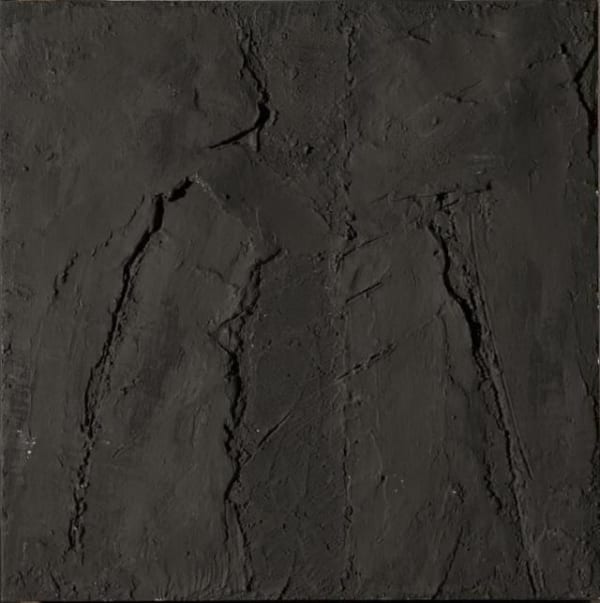
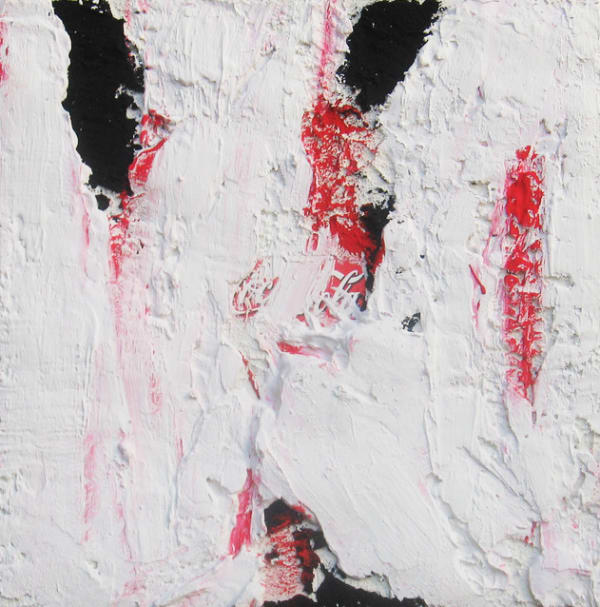




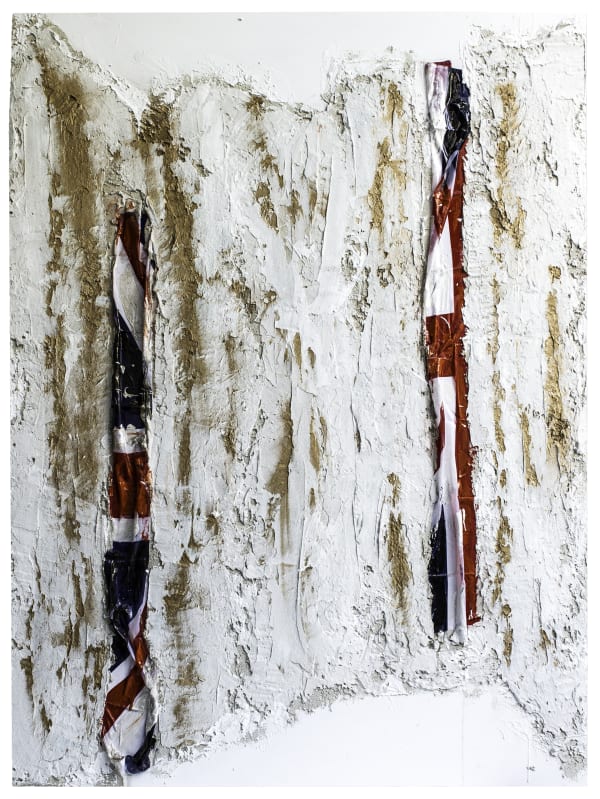
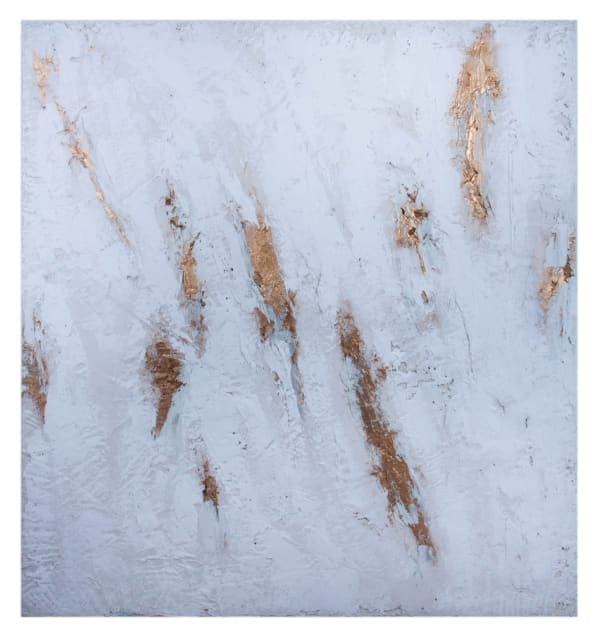
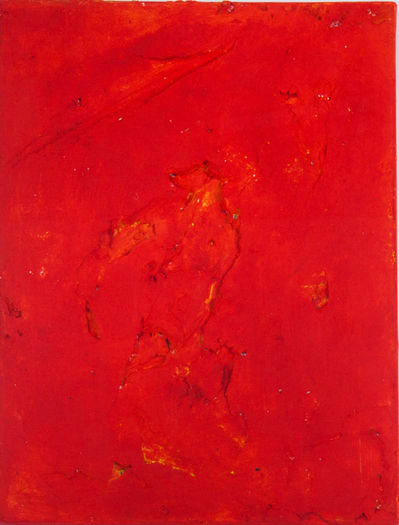




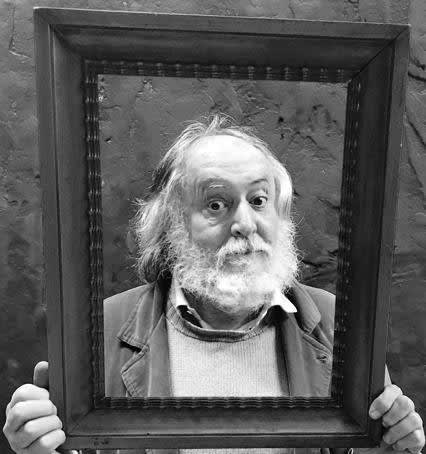
 W: +39 3357055914
W: +39 3357055914